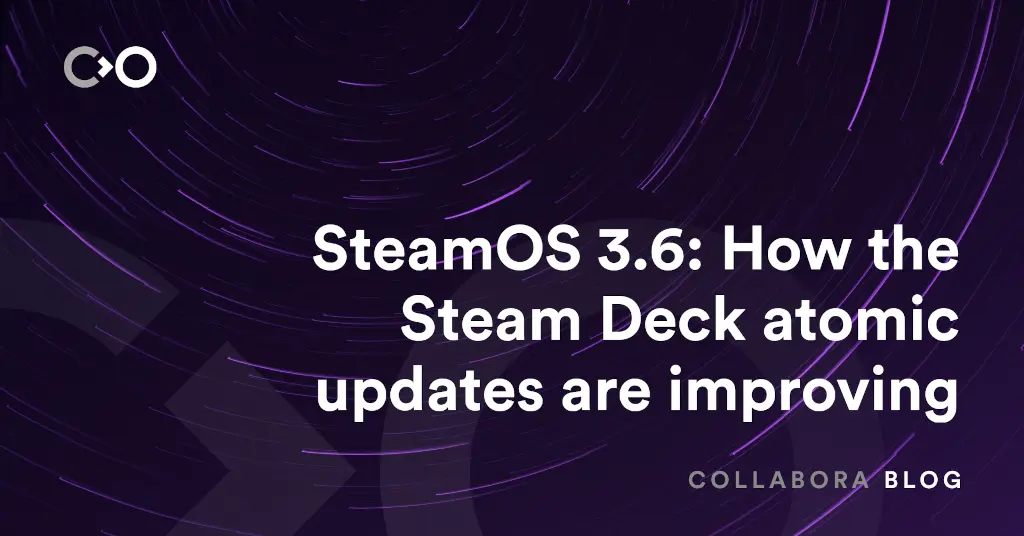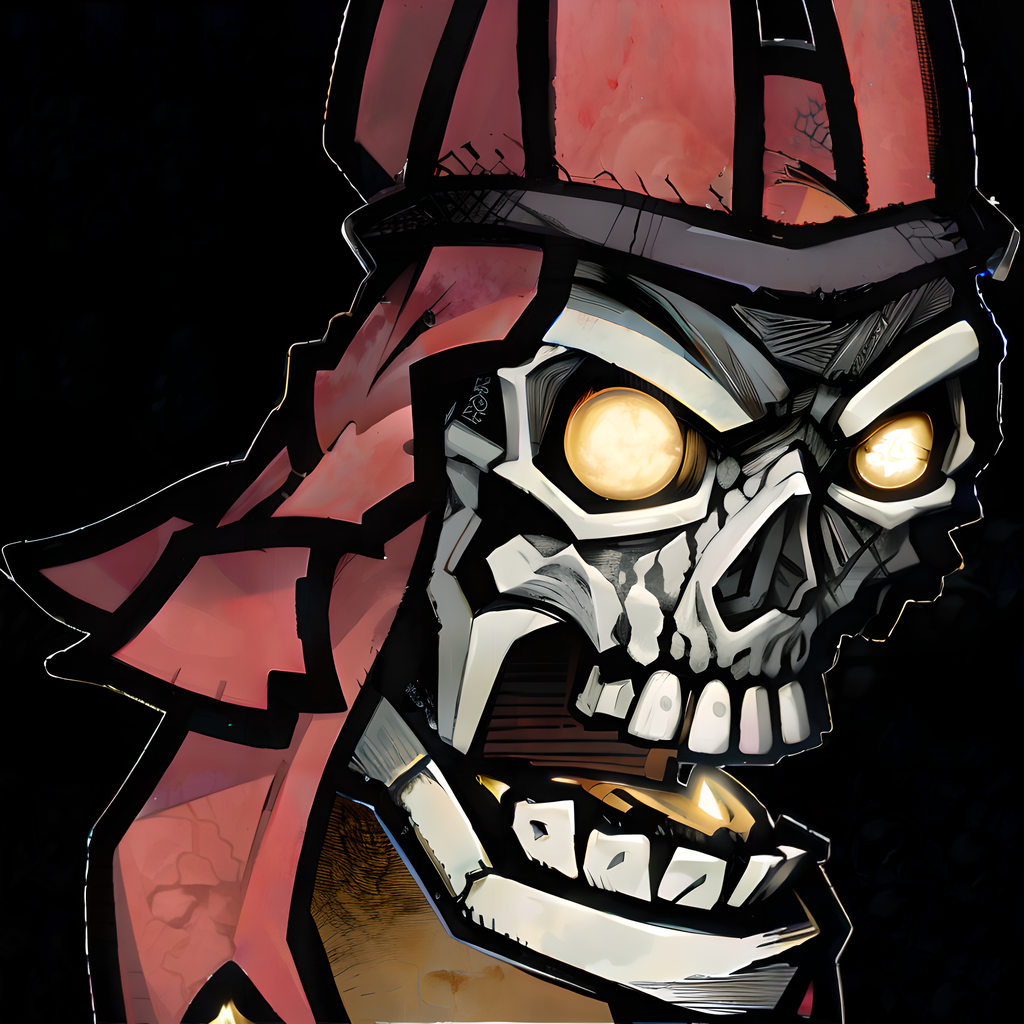Call me out if I’m wrong, but my Deck is noticeably snappier after this update. TF2 is also smoother, which is weird considering the game hasn’t changed visually at all. Not even an update notice of anything major.
TF2 was recently updated to 64bit actually! I’d consider that very major.
Can you explain what this statement means? I’m not a techy person.
32-bit programs can’t use as much memory as 64-bit programs. Being able to use more memory means less loading from the disk. 64-bit also tends to be more optimized these days as most systems have moved to it already. In this case, I had no idea TF2 was still 32-bit.
I gave it a Google and saw what changes they have made, and it definitely explains the new feel. Frame timing is waaay better and the frame rate is more stable. They moved from a OpenGL implementation to a Vulkan one, from my understanding. I had to adjust my mouse sensitivity too, so they made some changes there as well.
I’m late to the comment board, but I had to say something. I was amazed when one day my broken Balders’ Gate III P22 install suddenly not only worked, but worked with Vulkan. Until now, I figured it was an improvement to the Proton-GE or Experimental that came down around that time. Anyway, when I loaded my game (in the underdark) on my OLED, I was shocked at the improvement.
Not only was the framerate closer to 40+ vs 28-30, but it was vibrant. The resolution appeared to be better, too. It was gratifying to see it looked better than on my ancient Lenovo gaming laptop (circa 2016), which, to my surprise, handled it quite well considering the age of the NVidia card.
I’m surprised I haven’t heard much about Collabora partnering with Valve before now. From reading their articles about it, it sounds like they’re largely responsible for the Deck’s update framework and for
pressure-vesselwhich is designed to provide a standard linux container for games to run inside of (think of it like a flatpak but just for steam games).Collabora has been quite active in the field, e.g. they’re the prime developers of WINE’s current Wayland solution. So it makes sense for Valve to partner up with them.
Yeah collabera have been doing tons of awesone stuff in Linux graphics world for a while!
IIRC SteamOS development is mostly outsourced to contractors like Collabora and Blue Systems with Valve having only a handful of people to oversee the development and the occasional in-house developer.
Nice to see we can expect some improved update deliveries with Desync. Now, if only they could implement a way to layer persistent packages like you can with
rpm-ostree…Edit: thanks for clarifying support for the Deck
It has Steamdeck Support with the same Deck UI as on the official SteamOS.
fedora based
“no.”
Why? Fedora is an amazing distro. Don’t be put off by the “tips fedora” memey-sounding name
So, desync should end up in Bazzite too, right?
Bazzite uses rpm-ostree. It’s a very different system under the hood.
But Steam OS is inside a container. Wouldn’t that container be using desync now?
You seem to have a misunderstanding of how Bazzite works. It’s just a custom Fedora Atomic spin that includes things like the deck firmware updates, drivers, and gamescope. It does not run SteamOS in a container.









